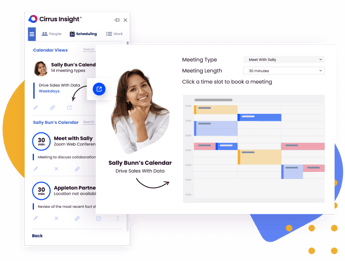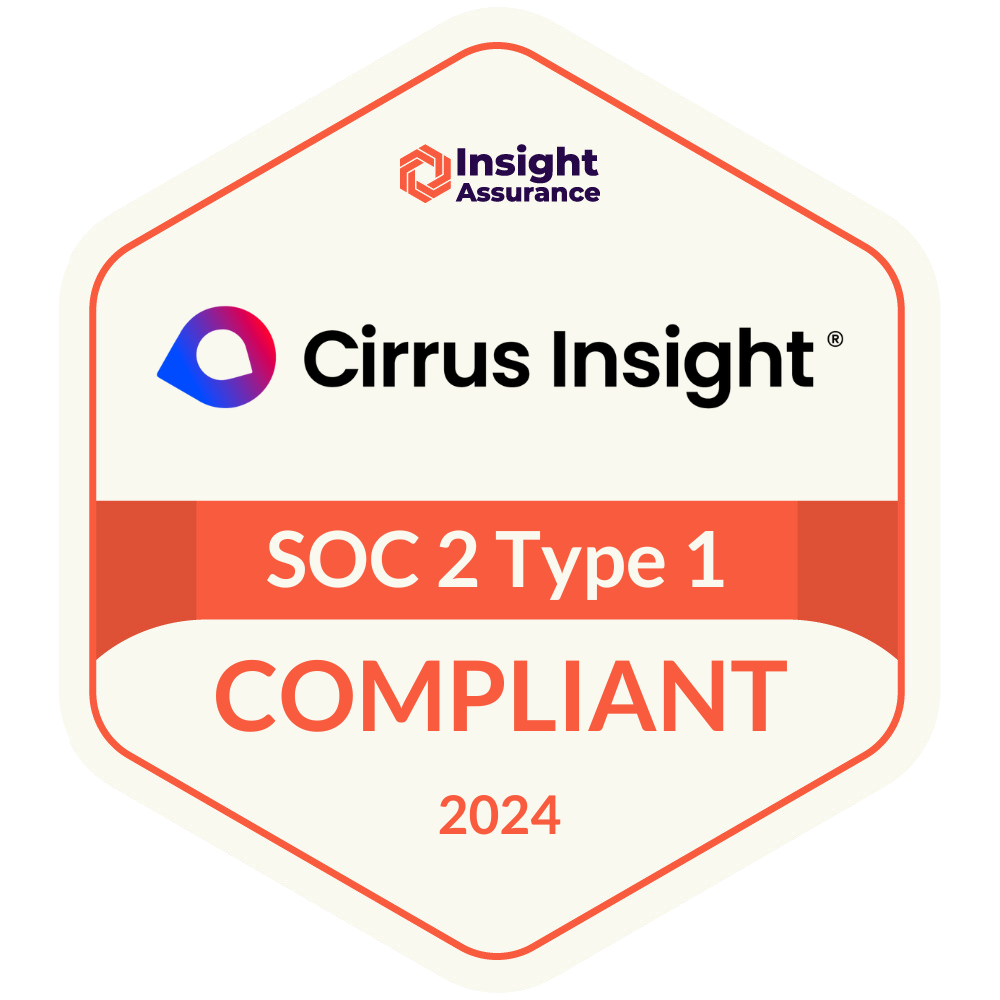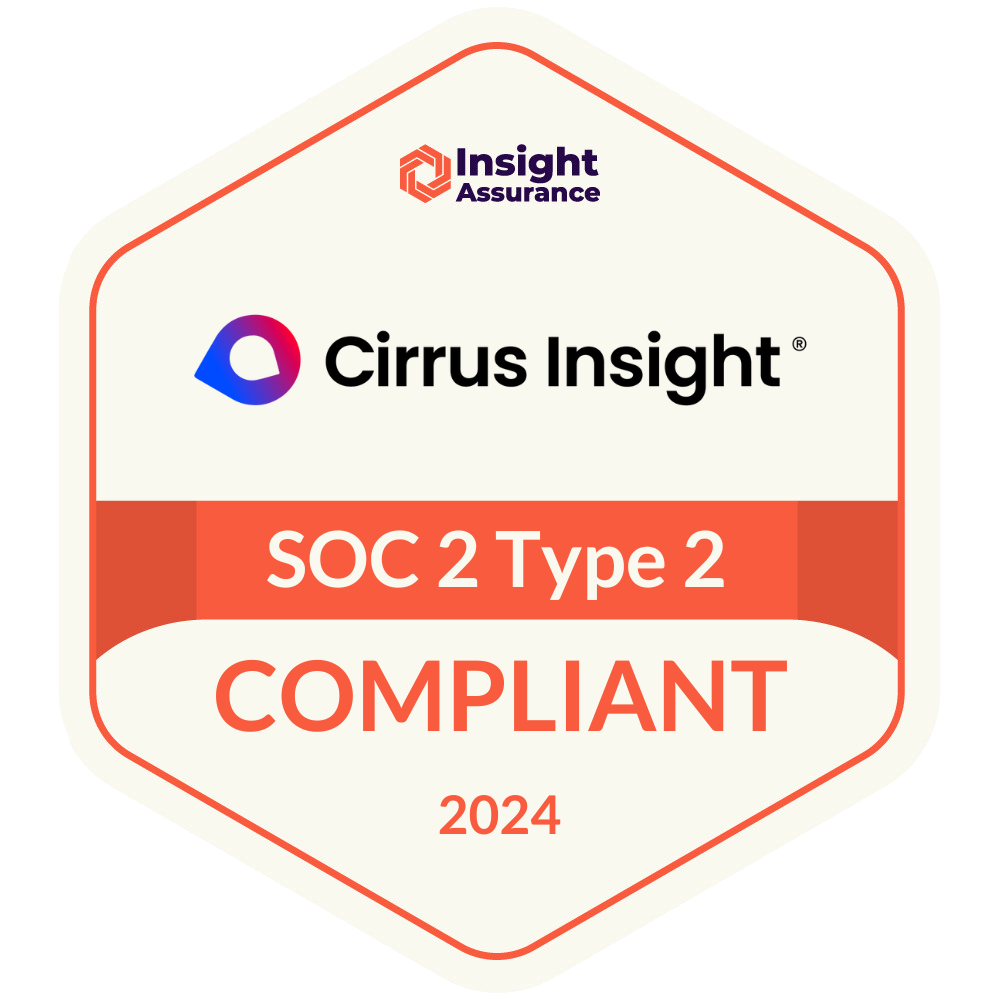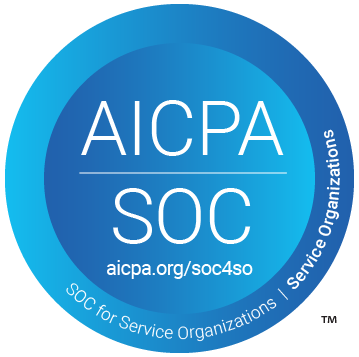- Solutions
-
Products
-
Resources
Sales Automation Tools | Cirrus Insight by Kristi Campbell View all Blog Posts >Get the App, Get the Sidebar, & Get Your Trial Going HereUnleash limitless growth opportunities by partnering with Cirrus Insight.
- Pricing
Filter By:
- All topics
- Sales Productivity
- Sales Intelligence
- Salesforce
- Sales Strategy
- Sales Prospecting
- Book More Meetings
- Best of
- Company News
- Product
- Sales Leadership
- CRM Admininstration
- Sales Metrics
- Supercharge Sales Activity
- Team Scheduling
- Admin
- serious insights
- Prospect Smarter
- Sales Activity Data
- Sales Forecasting
- Scheduling Solutions
- Prospect Faster
- Auto-Sync Everything To Your CRM
- Chrome
- Comparison
- Financial Services
- For Admins
- Getting Started
- IT & Security
- outlook
Subscribe to our Blog for the Latest Insights
Join our blog community to stay informed and receive fresh content and actionable tips directly in your inbox.
How To Generate Better Results With Sales Pipeline Stages

Sales funnels are an excellent tool for giving a high-level overview of your sales conversions. However, sales funnel knowledge doesn’t help you manage your daily pipeline tasks.
When you’re working on prospects and leads in your funnel, you need a sales pipeline. Sales pipeline stages better represent your sales process and keep you focused on activities that drive revenue.
Let’s start by breaking down sales pipeline stages, we’re sharing:
- How to define a sales pipeline
- Common sales pipeline stages
- Tips for creating a pipeline that empowers your team
Sales Pipeline
A sales pipeline outlines each step of your customers’ journey from discovery to retention. Your sales pipeline stages represent the unique steps of your business’s sales process. In a CRM, your sales pipeline is often represented by a horizontal bar containing each step. This horizontal format is also referred to as a Kanban view.
Sales Pipeline Stages vs. Sales Funnel Stages
Although some people think “sales pipeline” and “sales funnel” mean the same thing, these two terms have several significant differences.
A sales funnel is a visual tool that helps illustrate the opportunities that drop off during the sales journey.
Your sales funnel helps you calculate your conversion rate from prospect-to-lead and lead-to-customer. Using conversion rates from your funnel, you can determine how many prospects you need to find to meet your sales goals.
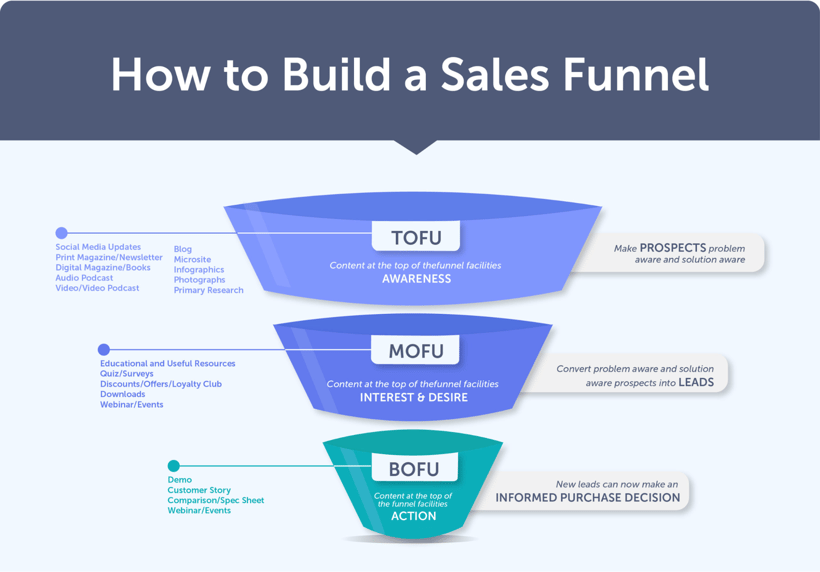
Sales funnels only keep track of the total volume of prospects. A sales pipeline, on the other hand, tracks the value of each opportunity.
Why You Need a Sales Pipeline
Business owners who leverage an effective sales pipeline increase their sales teams’ productivity, efficiency, and effectiveness.
Here are some of the ways sales pipeline management improves sales performance and supports business growth.
- Predicts anticipated revenue. Your sales pipeline tracks each sales target’s value in every stage of the sales process, empowering you to better forecast revenue.
- Tracks account status for each representative. Adding a pipeline to your sales CRM software lets you track each representative’s book of business and monitor accounts’ status over time.
- Increases productivity. Using a pipeline helps you identify the stages where customers tend to get stuck so your account managers can expect where they need to direct their sales efforts.
- Creates follow-up accountability. Monitoring sales pipeline flow helps you identify and follow-up with opportunities that aren’t progressing as they should.
Ultimately, a sales pipeline helps you execute sales strategy, create accountability, and prioritize selling activities.
What are the stages of a Sales Pipeline?
Each stage of the pipeline represents a step in your business’s typical sales journey. Pipelines for different businesses have different stages.
However, each business typically has some version of these basic sales pipeline stages.
1. Prospecting
In the prospecting stage, sales reps work through the process of identifying and contacting potential sales leads. Prospecting efforts include activities such as cold calling, sending outbound emails, or messaging on LinkedIn.
If your business finds leads using inbound marketing techniques, you might call this stage lead generation instead.
Cirrus Insight simplifies the prospecting stage by automatically importing valuable information about inbound leads such as company information and social profile links.
2. Qualifying
When a prospect picks up the phone or responds to your email, you begin the lead qualification process.
Lead qualification involves asking your prospect questions to determine whether they should move through the sales process’s remainder.
Key questions to answer include:
- Does the prospect need our product?
- Can the prospect afford our product?
- Does my contact have the authority to make a purchase?
Many businesses use a discovery call to identify qualified leads, especially in business-to-business (B2B) sales.
3. Meeting
After you identify a qualified lead, it’s time to set up a sales meeting or presentation. This is the stage where you present your product as a solution for your lead.
Cirrus Insight makes it easy to schedule meetings with prospects. Allowing prospects to book meetings from an email removes the friction of back and forth scheduling conversations.
In this stage, account managers begin to create a tailored solution and respond to objections.
Time spent in this stage varies from company to company. More expensive products typically require businesses to build relationships and meet with several stakeholders.

4. Sending a Proposal
For some businesses, part of the selling process is to draft and share a proposal with your lead.
Proposals reiterate the value of your product, illustrate the implementation process, and confirm pricing.
When you send a proposal, you are asking for the sale and opening up dialogue for negotiation.
Many leads require several follow-ups before moving on to the next stage. Cirrus Insight allows you to set reminders to follow-up with leads that don’t move forward right away.
5. Closing
Once you finalize negotiations, you close the deal by signing a contract to do business. Not all companies use contracts. Sometimes closing the deal is as simple as facilitating a transaction.
6. Retaining/Upselling
Sales management work doesn’t end when you close a deal. You need to ensure your customer has a positive post-sale experience. Activities here include onboarding services and checking in with your customer.
Ensuring customer satisfaction can help you find more prospects, whether through word of mouth advertising or selling to existing customers.
Go through existing customers to identify upsell or cross-sell opportunities as part of your team’s sales process.

Setting Up Strong Sales Pipeline Stages for Your Reps
Any business can benefit from a basic sales pipeline. But, as you learn more about your process through sales pipeline metrics, you can make adjustments and improvements.
Here are some tips for selecting sales pipeline stages that empower reps and account managers to do their best work.
Focus on Sales Activities in the Buyer Journey
Your sales pipeline stages work best when they accurately represent the journey of a typical customer.
Remember, sales activities make up a sales pipeline. Each stage should include an action for sales reps.
The Cirrus Insight Activities gives you a birds-eye view of your customer journey by showing you every activity and customer interaction along the way. With improved buyer journey insights, you can better prepare your sales team to provide the right information at the right time.
Additionally, every stage needs to have clear exit criteria. In other words, sales reps need to know what qualifies a prospect to move onto the next stage.
Consider Using a Weighted Pipeline
Tracking deal value in your sales pipeline lets you forecast revenue with more accuracy.
If you have a pipeline that allows you to predict each stage’s close probability, you can implement weighted pipeline forecasts.
A weighted pipeline multiplies each deal’s value by its close probability to give you an adjusted forecast.
Schedule Regular Sales Pipeline Reviews
Sales tools only work when your team uses them. Without accountability and regular review, your sales pipeline is just a fun visualization.
A sales pipeline review is a meeting where sales reps report on the number of deals they have in each pipeline stage.
Sales managers can use pipeline meetings to identify deals likely to close and help their reps address challenges in the sales process. Pipeline meetings also provide an excellent opportunity to see if the stages in the sales cycle need adjustment.
Final Thoughts: CRM Sales Pipeline Stages and Why You Need Them
It’s easy to confuse a sales pipeline with a sales funnel, but they’re not the same. Each tool provides unique benefits to a sales team.
In particular, sales pipelines are excellent tools to help prioritize selling tasks and manage daily activities.
With Cirrus Insight, you can verify the most likely candidates to move to the next stage of the funnel easily by having complete activity data logged in Salesforce automatically from your inbox. Have more confidence in your ability to close deals and hit your quota when you can clearly see the most likely opportunities to close.
To start empowering your sales team and achieve better results with your CRM, learn more about Cirrus Insight and start a 14 Day Free Trial.

